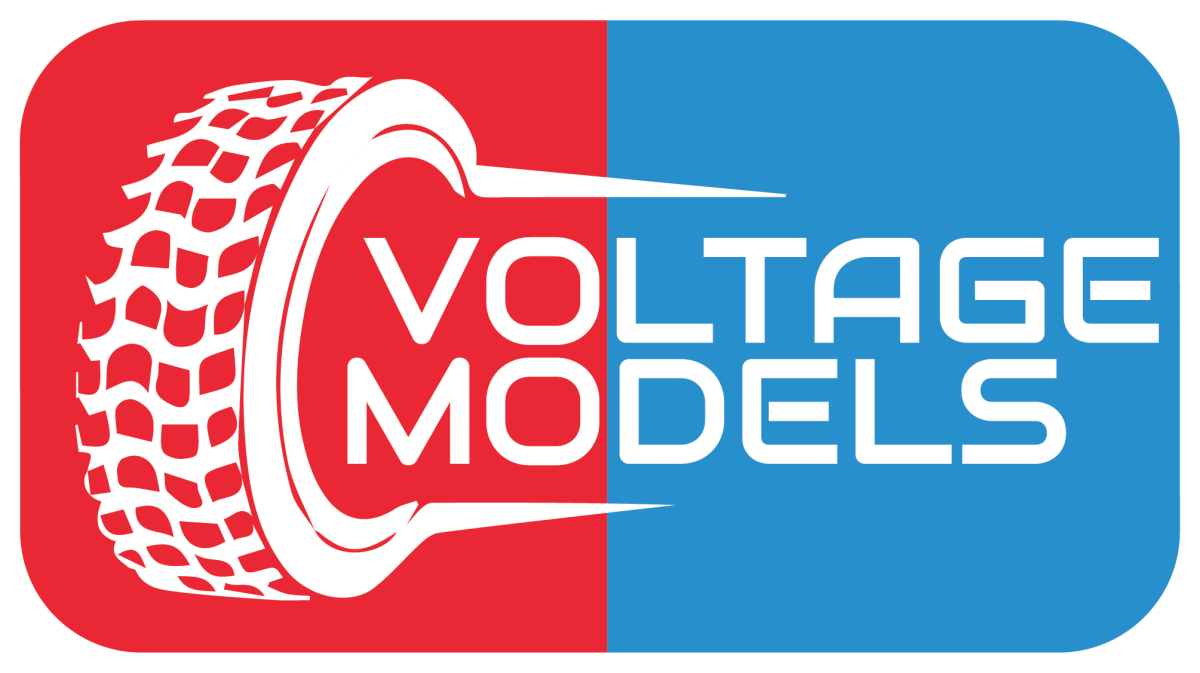
RC Aircraft - Ready For Takeoff?
Essential Tips For Making a Start in RC Model Planes
The hobby of building and flying RC model planes isn’t new, but recent innovations and the availability of models and spares mean it’s an exciting time to start! It’s a blend of
technical challenges, craftsmanship, and the thrill of flight. It can take a lot of patience and taking time to learn new skills, but the rewards are well worth it. If it’s just the excitement of taking to the air that appeals to you, there are plenty of out-of-the-box RC planes to consider like the RR FunRacer Orange Edition.
When you decide you want to enter the world of RC model plane flying there are several things you need to know to ensure a safe and enjoyable experience.

Choose the Right RC Plane for Your First Take Off
Trainers are ideal for beginners as they are designed to be stable and forgiving in the air. If you’re not concerned about speed and want to experience natural flight, gliders are a good option. These planes have long wings and can fly without an engine by catching thermals. Basic wooden gliders can be very cheap as an entry point into the world of model flying, but they may not last long!
The next step up from these is motor gliders like the SZD-54 Glider PNP, giving you much greater control and superb aerobatic performance once you’ve mastered the basics of flying. If you want greater agility and control, Fun Fly & 3D model planes are the way to go. If the world of 3D aerobatics excites you, take a look at the Kit Parkmaster PRO 214275. This RC model plane will give you the full aerobatic repertoire - from tumbles and torque rolls to square loops and rolling circles!

Get to Know the Components
A transmitter and receiver are the foundations of all RC model experiences. The transmitter is the handheld device you use to control your model - and with RC planes you need a good range as well as the obvious compatibility with your plane. The receiver is installed in the plane and communicates with the transmitter.
When it comes to powering RC planes, there are several options. Electric motors are quieter and cleaner, and well suited for beginners due to ease of use. Lithium Polymer batteries (LiPo) are commonly used due to their high energy density. There are risks of fires from LiPo batteries, so always follow safety guidelines for charging and storage. Glow engines, also known as nitro engines, run on a special fuel mixture of methanol, nitromethane, and oil. They are popular for larger, more powerful RC planes and among hobbyists who enjoy the mechanical aspects of engine tuning and maintenance. Nitro engines provide more power and longer flight times, but they aren’t ideal for beginners.
Develop Flight Skills and Learn the Techniques
Before your first flight, use an RC flight simulator to practise controls and manoeuvres. This can give you confidence when it comes to those key maiden flights and reduce the risk of crashes.
Take-offs and landings are the things to focus on first. Once you're confident you can get your RC plane in the air and safely return it to the ground, you can move on to turns and circuits. For powered RC planes, it’s important to learn how to anticipate stalls and how to recover from them. Once you’ve mastered these basic flight skills the fun begins! If you have a more advanced plane like the RR AcroMaster Pro you can move on to loops, rolls and inverted flight

Flying RC planes is a rewarding hobby that combines technical skills with the joy of piloting your aircraft. By choosing the right plane for a beginner, understanding the components, practising flight techniques and maintaining your equipment, you can ensure a safe and exhilarating experience.








